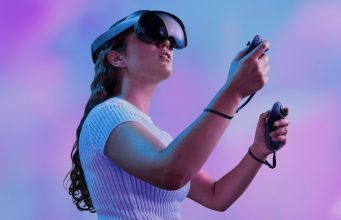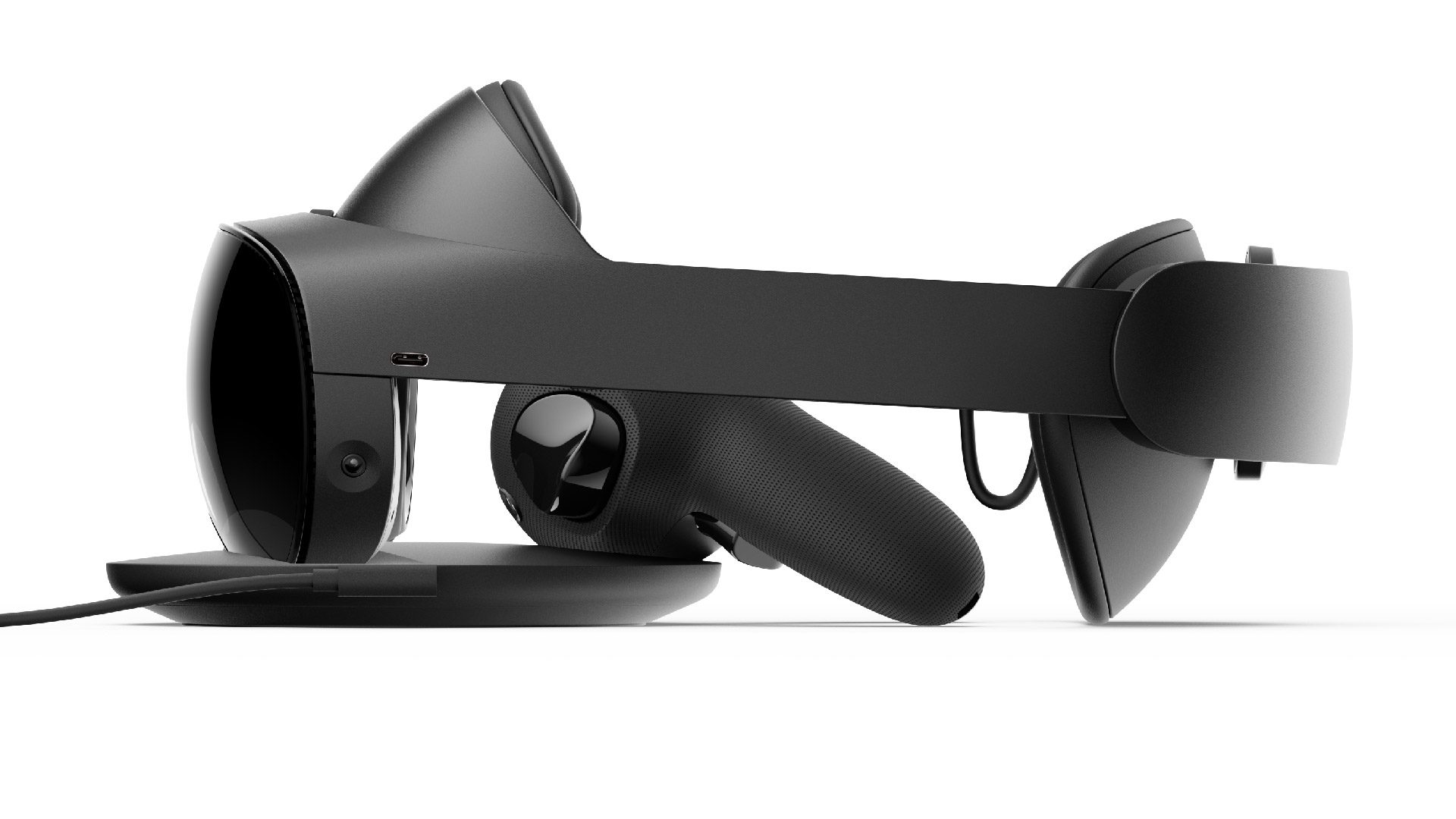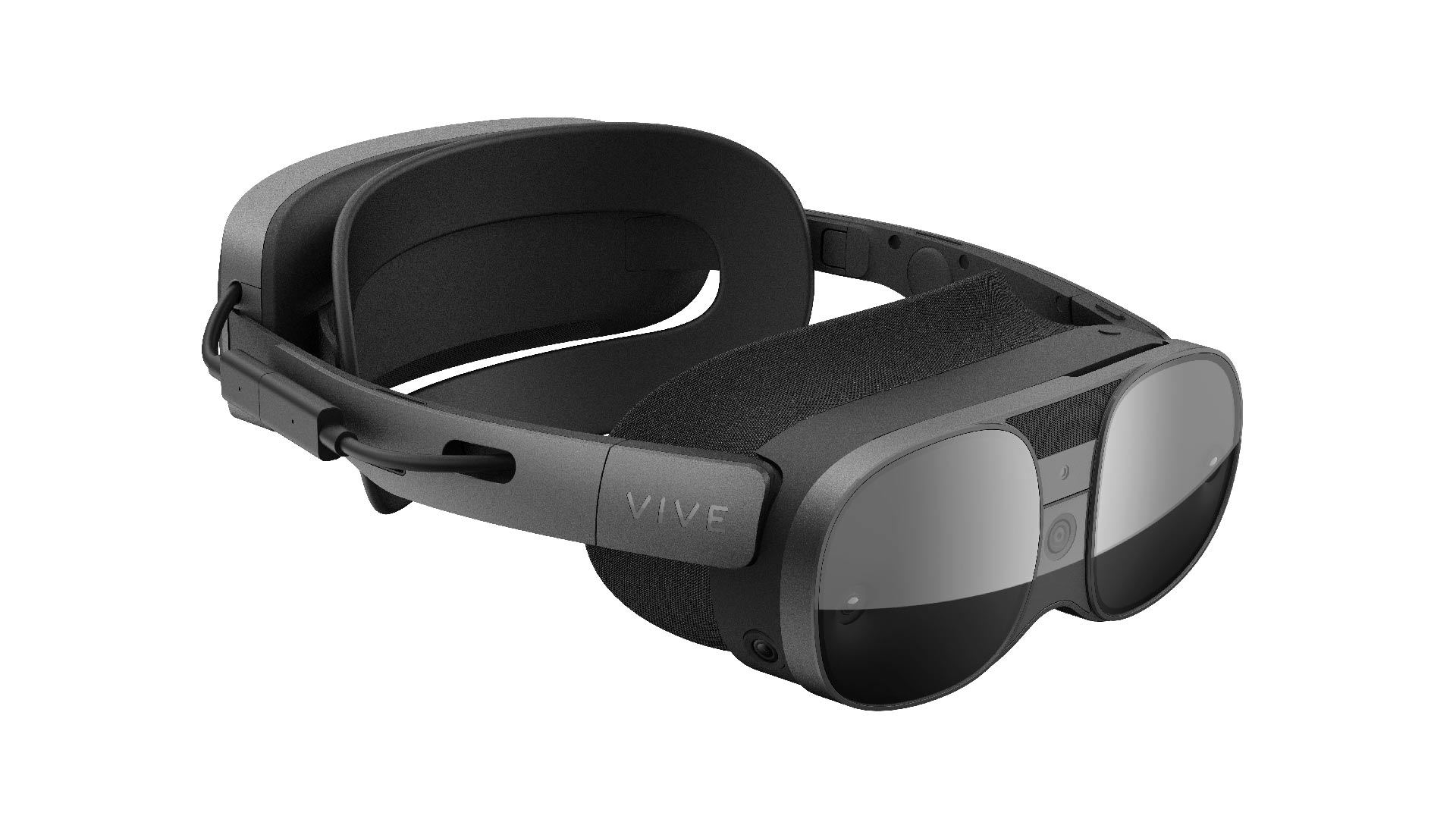Get Ready to Battle in Space With Valo Motion’s Latest MR Game Release Astro Blade
Last year, Valo Motion launched ValoArena, a mixed reality playground, in the US. Now, the company is back with an exciting MR game release – Astro Blade.
The Finnish game company, known for designing and developing cutting-edge interactive mixed reality games, has recently released a new space-themed game which can now be played in ValoArenas across the country. This interstellar adventure in a galaxy far, far away is sure to give you and your friends a thrilling time. So, get ready to take part in an action-packed battle in space and become a virtual superhero.
Blast Into Space With Valo Motion’s MR Game Astro Blade
Step into the world of the company’s MR game Astro Blade, where players become virtual holograms fighting in the hangar of a futuristic spaceship. Players can arm themselves with laser swords or spears and protect themselves with shields.
The game is inspired by classic fighting games and space-themed classics like Star Wars lightsaber battles. But what sets it apart is the technology behind ValoArena that makes it possible to bring these classics to life in an entirely new way.
ValoArena’s mixed reality system allows players to fully immerse themselves in the game’s interstellar world, where they can battle against friends and foes alike. The technology accurately tracks players’ movements, making the experience incredibly lifelike and realistic. With stunning graphics, exciting sound effects, and interactive gameplay, Astro Blade is a unique experience.
A Social and Safe Game
Valo Motion’s MR game Astro Blade is designed for up to six people. It is suitable for 8 to 14-year-olds, but it can be enjoyed by both young and adults. Those who grew up wielding imaginary lightsabers as pretend Jedis would definitely love this game. The game company has also paid special attention to making the game safe for younger players, which makes the game great for families with diverse age segments.

The game is very social and interactive. The actions of other players directly affect what you should do next, making it an excellent addition to ValoArena’s game offerings for small groups. They want players to feel like superheroes in a fighting game and be able to come up with their special moves without limitations.
Where and How to Play Astro Blade
Astro Blade can be found in various locations worldwide where Valo Motion products are available. You can check out their interactive map to find the nearest ValoArena to your location.
According to the company, “Astro Blade is also a part of Valo Motion’s mission of empowering people to move more and be physically active but also have a lot of fun while doing it. n Astro Blade the players use their entire body to play the game and an intense sword duel among friends is guaranteed to make them sweat!”
Astro Blade is designed to be an interactive and social game, so players can work together in teams or compete against each other. It’s a fun and exciting way to experience the latest in mixed reality gaming.
The Future of Gaming
Astro Blade is a testament to the power of mixed reality and how it can bring classic gaming experiences to life in new and exciting ways. As the popularity of MR releases like Astro Blade continues to grow, we can expect to see them become an increasingly ubiquitous part of the gaming landscape.

For players, MR offers a unique and interactive experience that allows them to socialize and have fun in a way that traditional gaming simply cannot match. And for amusement and entertainment centers, investing in MR technology can provide a competitive advantage by offering a cutting-edge gaming experience that attracts customers and keeps them coming back for more.
Looking to the future, it’s clear that MR is set to play an even bigger role in gaming. With advancements in technology, we can expect to see even more immersive and interactive experiences that blur the line between the real and virtual worlds.
So, whether you’re a gaming enthusiast or an amusement center owner looking to stay ahead of the curve, it’s clear that MR has its place in the future of gaming. It’s an exciting time to be a part of the gaming industry.
Get Ready to Battle in Space With Valo Motion’s Latest MR Game Release Astro Blade Read More »










